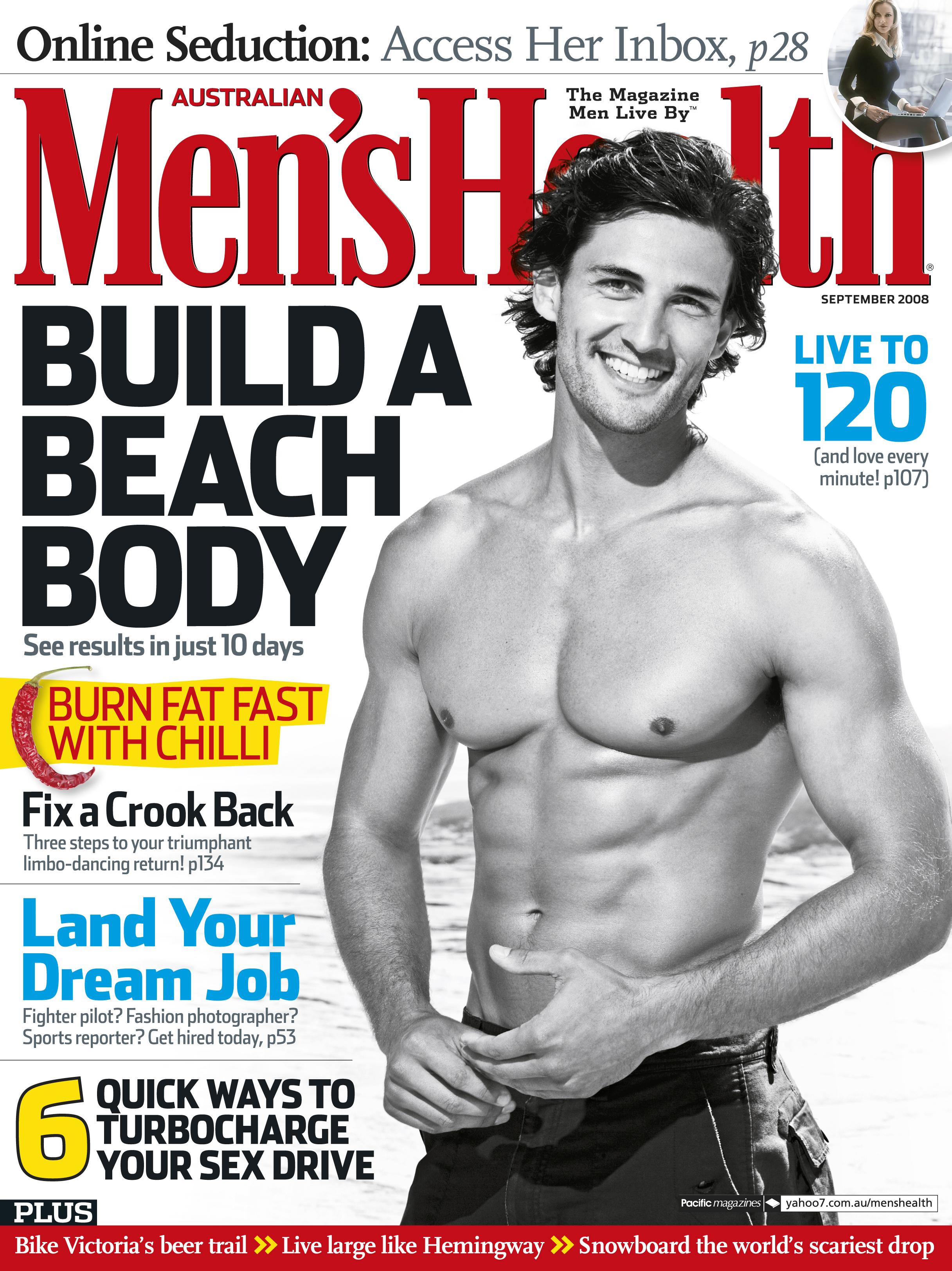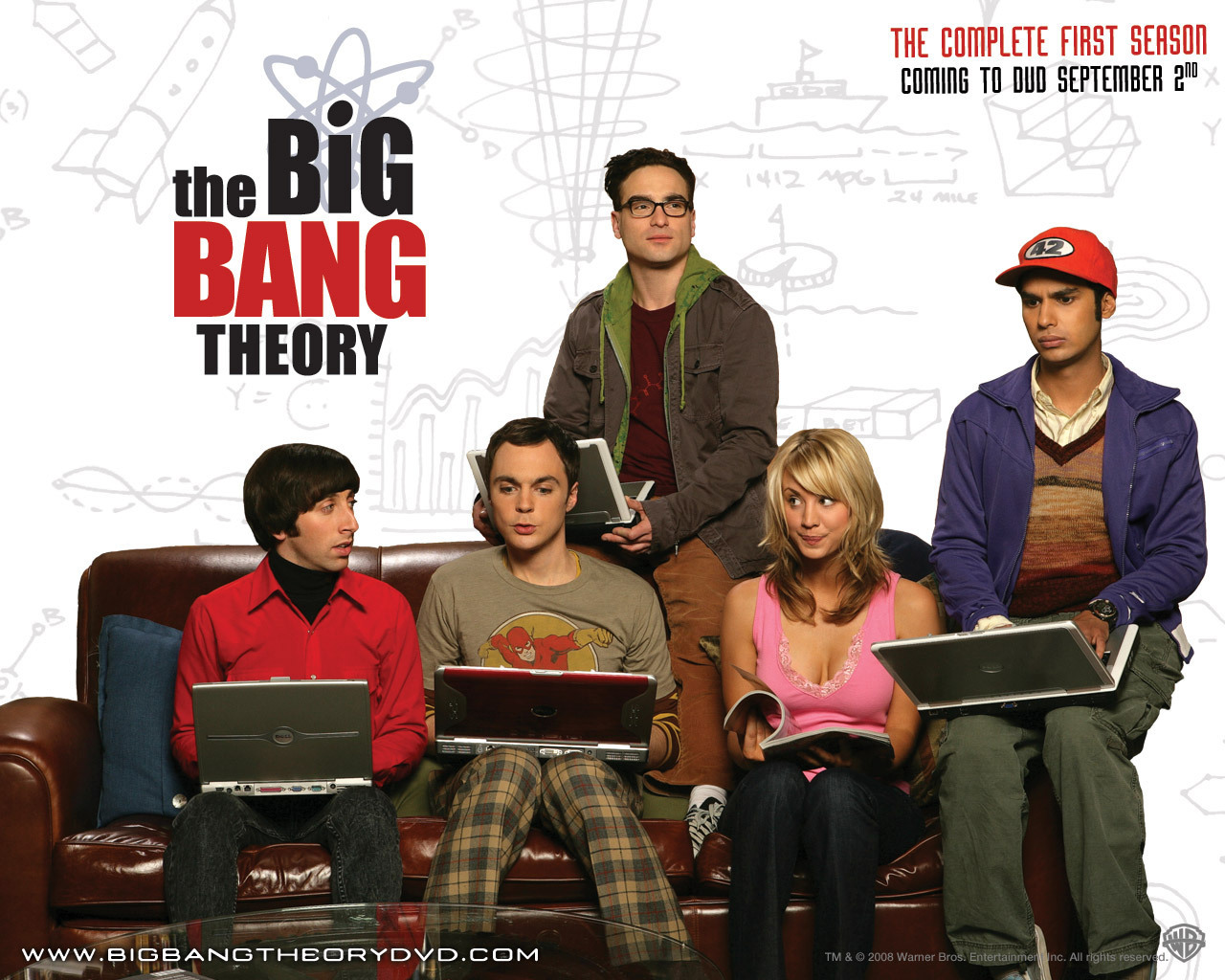For my coursework, I decided to focus on making a magazine front cover. I decided to focus on the women's style/fashion magazine.
This magazine is named after it's independent, quirky theme. There is only one cover line used here, and it's ambiguous, but assumably relates to the girl in the main image. The minimal amount of puffs used shows that this magazine aims for an image amongst the high brow magazines on the market. This is because many of these higher-end magazines would focus more on the image than the text, so the headline looks less cluttered, but prettier. The text is also juxtaposed in a way - whilst the font of the masthead is sans serif and clean-cut, the coverline is in a script, handwritten font. They are also placed opposite to each other on the cover.
The issue is of winter 2010/11, and the cool colour scheme of the front cover reflect this. The texts used are all in white, as if they represent snow and cold weather.
The main image is a girl wearing a wooly jumper. Her clothing fits the season of the issue's publish date. The photo is a close up shot, so the magazine isn't trying to sexualise the girl by over exposing her body in any way - not only is she covered by the jumper she's wearing, her hands are covering her body as well. This approach is the opposite to what most style magazines tend to do, where they take full body shots to show off the model's body and clothes. This daring approach also reflects the independent image of this magazine. The background of the main image is of a pale blue colour, and looks vintage and worn. Again, it supports the image of what the viewer would believe an indie magazine would have elements of.
This front cover follows the rule of thirds effectively. Not all blocks of the rule of thirds are occupied, however, the masthead, face, barcode and coverline all fit into their own blocks in the rule of thirds, seperating each element from each other to provide the viewer with something to look at, no matter which of the thirds they are to focus on.

Nylon is a lifestyle magazine, mainly aimed at older girls and young women of a higher social economic income. Though not as simplistic as Indie, Nylon also has elements of an individual and high end image. There are multiple puffs on this issue, all framing Ashley Olsen in the main image. The masthead is baby pink, unlike any of the coverlines which are in either white, red or yellow, which reinforces the main audience for the magazine with its feminine hue. The font looks modern, as it's very bold and contains clean cut, simple lines. The main coverline is of Olsen's full name, anchoring the image of her sitting on a bench. 'Un-zipped' suggests that inside, the issue contains an article about Olsen's life, specifically her secrets or less well known facts about her. This sparks curiosity within the audience, especially if they are fans of Olsen, or grew up to films and TV shows she starred in. The font in which this coverline is written in (as well as the '154' in "154 ways to get your jeans on") looks like capital letters with a scribbled outline, which allow the background (and a part of Olsen's leg on the left side) to shine through. This font also has a casual, quirky and school-like appearance to it.
The main image is Ashley Olsen, one of the Olsen twins famous for acting and singing. She is usually seen with her sister Mary Kate in the media, but on the cover of this issue she is on her own - it's as if Nylon is trying to deliver a message that she's an individual, which would grab the viewer's eye for the unusual lack of Mary Kate's presence. The photo is a full body shot of her sitting down, and it effectively shows off her clothes without sexualising her and still maintaining Olsen in an interesting pose, all at once. Olsen is wearing darker tinted clothes and a bright orange beanie. The beanie and skinny jeans she's wearing are usually associated with laid back young people who wear such clothes on a normal day. Her pose is rather casual too, and she is looking directly at the viewer with a neutral facial expression. Her head overlaps the masthead (showing that the magazine is well known and recognisable, and to make her the dominant element of the front cover) and interestingly the background is rather busy for a magazine. Complimenting the dark tones of Olsen's clothing, the background is of a dark, metal gate/fence. It adds onto this 'punk'-like theme of the issue.

This magazine is also aimed at females with a high social economic income, but unlike Indie and Nylon, it has a slightly more mature vibe and feel to it. The masthead is a bold, tall font. This magazine is not as well known and thus the masthead is placed over the model. The











